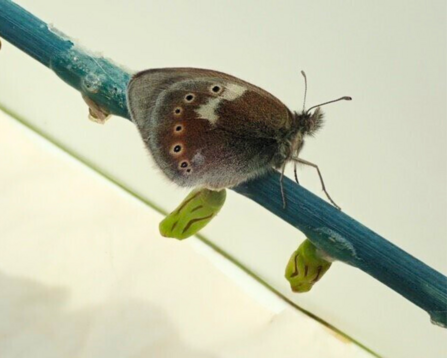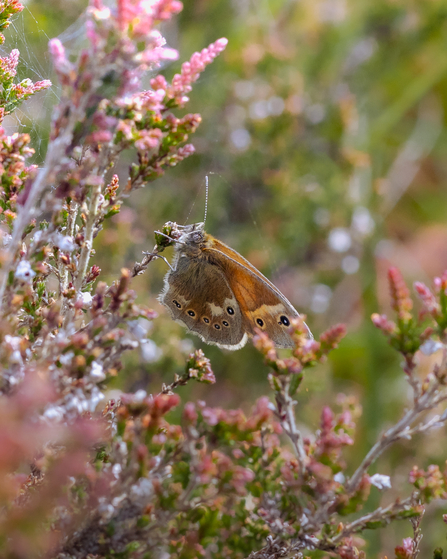Since starting at the Lancashire Wildlife Trust as the Peatlands Communications Officer, I have written about this butterfly, spoken about this butterfly, seen lots and lots of photos of this butterfly, and even hosted a drawing workshop which featured this butterfly, but never once have I seen this butterfly. So, when the surveying season arrived, I was eager to get out to try and spot the large heath butterfly.
The peatlands team survey two of the Trusts peatland reserves; Winmarleigh Moss SSSI in Lancashire and Astley Moss SSSI in Greater Manchester. Winmarleigh is a stronghold for this butterfly, the population managing to hang on even whilst the bog was previously drained and damaged.








